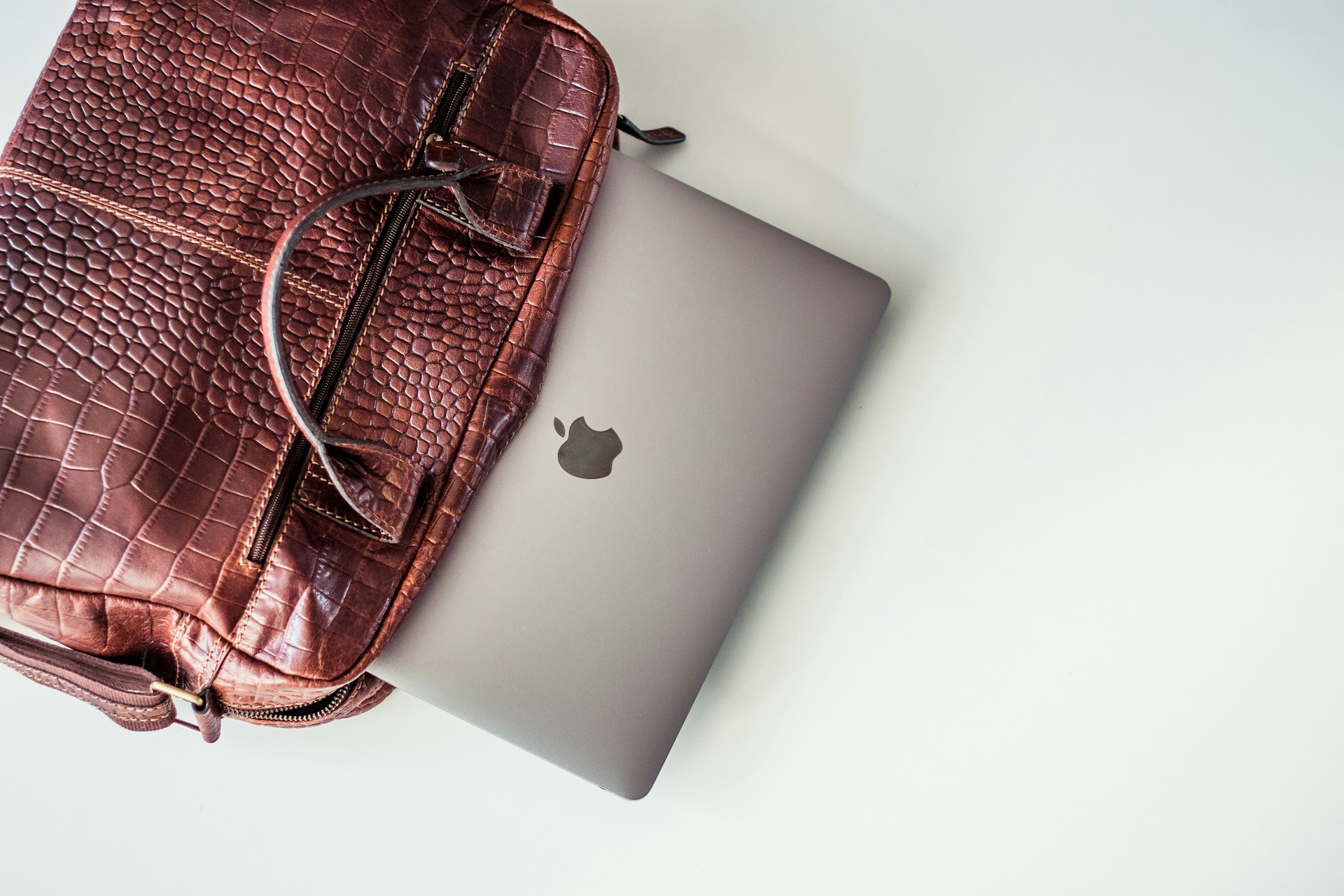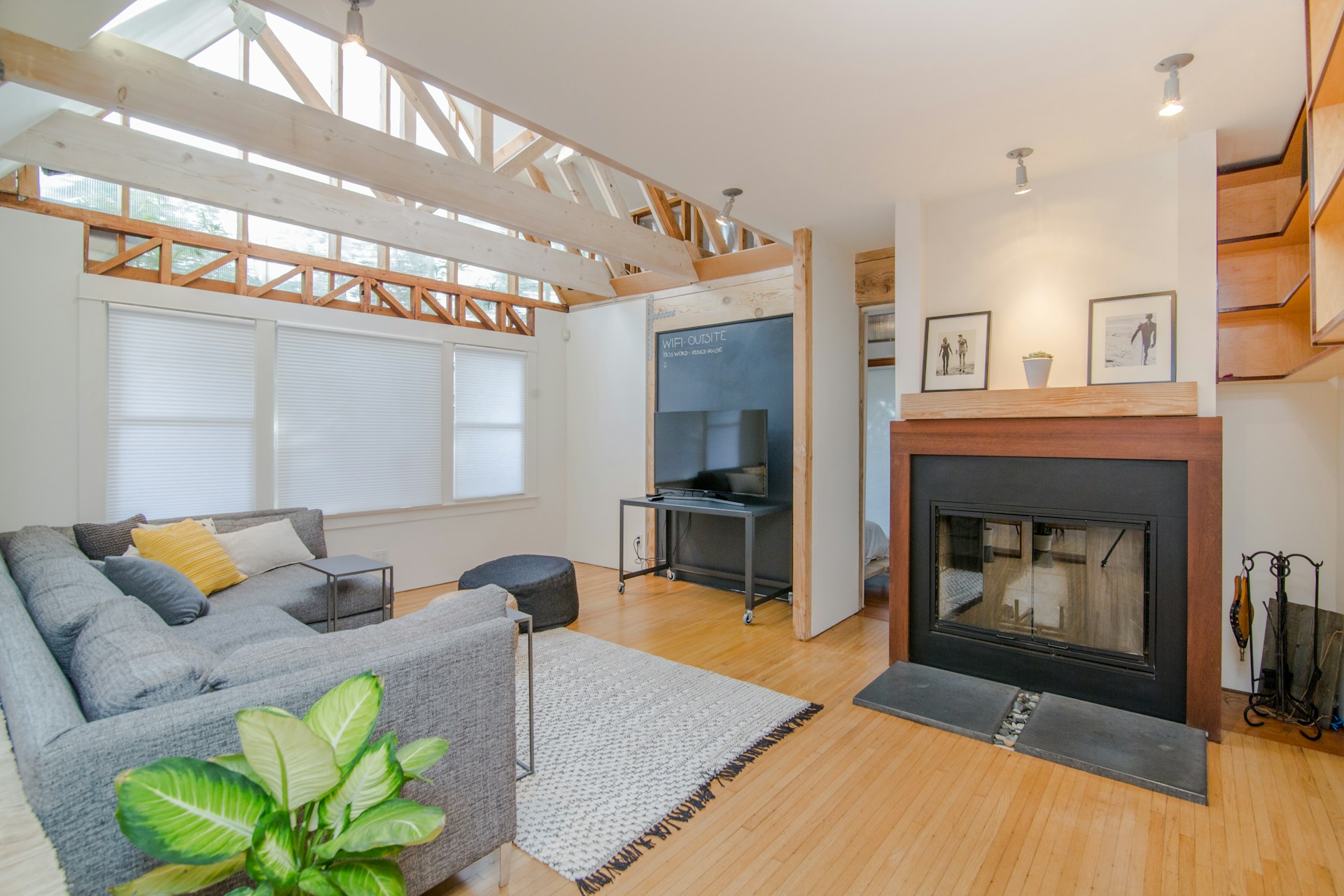The Philippines for Digital Nomads: A Comprehensive Guide
The comprehensive guide so that as a digital nomad in Greece, you have all the necessary information on visas, accommodation and more at your fingertips.
If you are thinking of living your experience as a digital nomad in the Philippines, you have found the right guide to help you accomplish your goal in the easiest way possible. We will start by telling you about the best options for accommodation, coworking facilities, recreational activities, leisure and how you can get around if you decide to make the Philippines your home for an extended period.
Why choose the Philippines to live as a digital nomad?
The Philippines combines rich cultural diversity with practical advantages that make it an excellent choice for digital nomads. Here we explore the main reasons to choose it as your next destination.
Welcoming culture and international community in the Philippines
Filipino hospitality is world-renowned, and international visitors often remark on the warmth they are received with. Moreover, cities such as Manila and Cebu have a growing community of digital nomads and foreigners from all over the world, facilitating networking and social integration. Coworking events and spaces, such as coworking spaces in Manila, foster connections between professionals from various fields.
Low cost of living in the Philippines
Compared to other popular destinations in Southeast Asia, the Philippines offers an affordable cost of living. Accommodation, food and transport are significantly cheaper, especially if you choose to live outside the main urban centres. This allows digital nomads to enjoy a high quality of life without spending too much.
Beaches and tourist destinations in the Philippines
The Philippines is a great destination to enjoy nature. During your free time, you can explore world-renowned beaches such as Boracay or Palawan, dive the coral reefs of Apo Island or relax in Siargao, the country’s surfing mecca. These activities make the balance between work and leisure much more attractive.
Language and connectivity in the Philippines
English is widely spoken in the Philippines, making it easy to communicate and handle bureaucratic formalities. Air connectivity to other countries in the region, such as Thailand or Malaysia, allows digital nomads to plan quick trips across Southeast Asia.
Digital infrastructure improvements in the Philippines
In recent years, the Philippines has invested in improving its internet infrastructure. While some rural areas still have limited connections, major cities and tourist destinations have stable and fast options for those who depend on a constant connection for work.
Visas allowing legal residence as a digital nomad in the Philippines
To live and work legally as a digital nomad in the Philippines, it is important to be aware of the visa options available. In addition to the specific visa for digital nomads, the country offers several flexible alternatives.
Digital Nomad Visa in the Philippines
The creation of the digital nomad visa for the Philippines was in response to the government’s interest in capitalising on the growth of the digital economy and attracting this profile of workers to the country. It aims to boost tourism and contribute to the economic growth of related sectors such as accommodation and transport services.
Tourist visa for the Philippines
Most international visitors arrive on a tourist visa allowing an initial stay of up to 30 days. This period can be extended for an additional 29 days by paying a fee at the Immigration Office. If you plan to stay longer, there are options to extend your stay up to six months.
Long-term visa or Special Resident Retiree’s Visa (SRRV) in Philippines
Although its name may suggest that it is intended only for retirees, the Special Resident Retiree’s Visa (SRRV) is an interesting option for those who want to make their residence in the country more stable. This type of visa requires a bank deposit as part of the application process, but offers benefits such as multiple entries and exits from the country and the ability to set up a business or work legally.
Possibility of changing visa as a digital nomad in the Philippines
One of the advantages of the Philippine immigration system is that it allows you to switch from a tourist visa to other types of visas while you are already in the country. This process can be done directly at the Immigration Office and facilitates the transition to a longer or stable stay.
The Philippines offers a unique combination of culture, accessibility and visa options for digital nomads. If you’re looking for a place to work, enjoy nature and connect with others who share your lifestyle, this destination has everything you need.
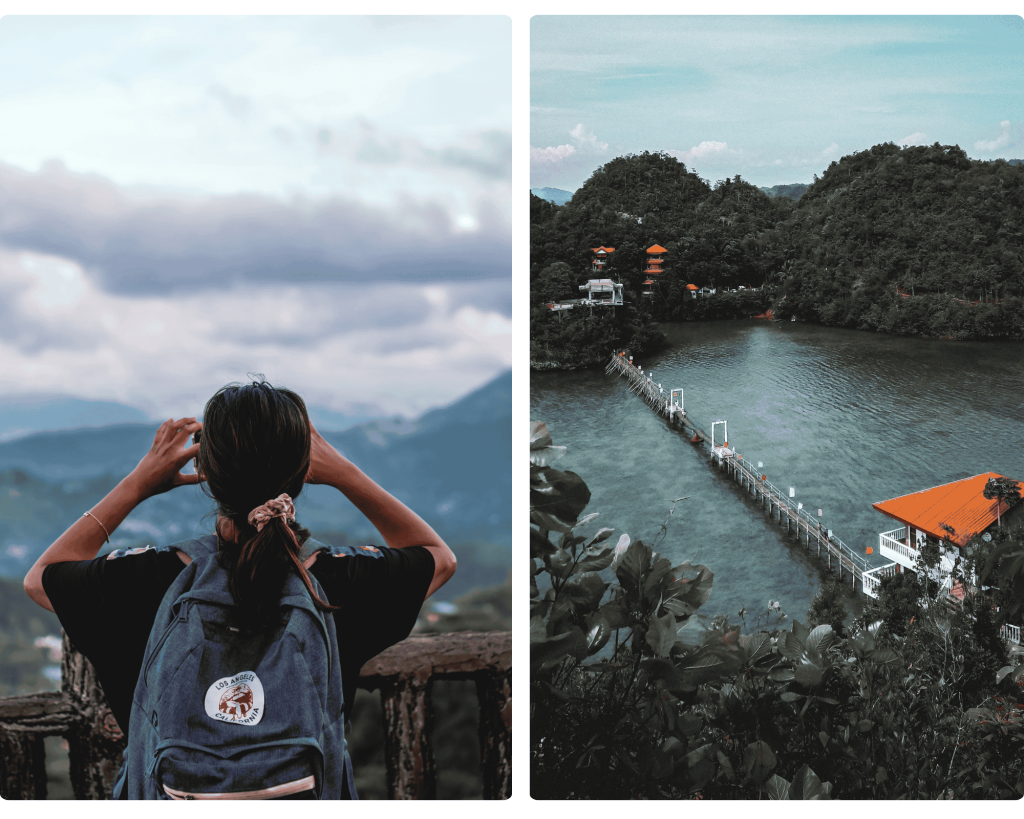
Where to live and work as a digital nomad in the Philippines
The Philippines offers a wide variety of options for digital nomads, from vibrant cities to island paradises, each with its own advantages. Here are the best places to settle down and work while enjoying all this country has to offer.
Ideal cities and destinations for digital nomads in the Philippines
Manila: The most developed urban centre
The country’s capital, Manila, is an excellent choice for those seeking convenience and accessibility. The city has a wide variety of accommodation and services, as well as a growing supply of coworking spaces in Manila, ideal for those who need a professional environment in which to work. Although traffic can be a challenge, areas such as Makati and Bonifacio Global City (BGC) offer safety, connectivity and a vibrant nightlife.
Cebu: The capital of the centre of the country
Cebu combines the dynamism of a modern city with proximity to beaches and tourist attractions. It is a popular choice for digital nomads because of its infrastructure, which includes high-speed internet cafes, coworking spaces and an international airport that connects to other parts of the country and the world.
Siargao: A surfer’s paradise
Siargao has become a favourite destination for those seeking a relaxed lifestyle without sacrificing productivity. This destination, known for its surfing community, has options such as co-living spaces in Siargao, where you can stay while you work and connect with other nomads.
Davao: Tranquillity and quality of life
Davao is known to be one of the safest cities in the Philippines. It offers an affordable cost of living and a growing infrastructure for remote workers. It’s a good option if you’re looking for a less touristy but still functional environment.
Accommodation options for digital nomads in the Philippines
The Philippines has a wide range of accommodation options to suit different budgets and lifestyles.
- Co-living spaces: Ideal for those looking for a social and comfortable environment. These spaces often include common areas, networking events and stable internet access.
- Exchange houses: Perfect for saving money while experiencing local life. Platforms such as HomeExchange have interesting options in the Philippines.
- Boutique hotels and flats: In cities such as Manila or Cebu, you can find modern accommodation with amenities such as coworking and high-speed internet.
- Accommodation in Siargao: A popular choice for digital nomads looking for an experience closer to nature without sacrificing connectivity.
Outstanding coworking spaces
In the Philippines, coworking is becoming increasingly common, with options to suit all budgets.
- WeRemote (Makati, Manila): One of the most popular options in the capital, with prices starting at $15 per day.
- The Company Cebu (Cebu): Modern, well-equipped spaces with monthly memberships starting at $150.
- Creative Coworking Siargao: Ideal for those looking to work in a relaxed atmosphere, with spectacular views.
In addition to coworking spaces, internet cafes in the Philippines and public areas such as libraries or city parks in Manila offer free alternatives to work comfortably.
Important: If you are a frequent traveler and want to stay connected without worrying about expensive roaming or looking for a new SIM at every destination, Holafly’s subscription plans are for you. With a single eSIM, enjoy internet in more than 170 countries for a fixed price and no surprises on your bill. Travel without limits and connect easily and securely! 🚀🌍
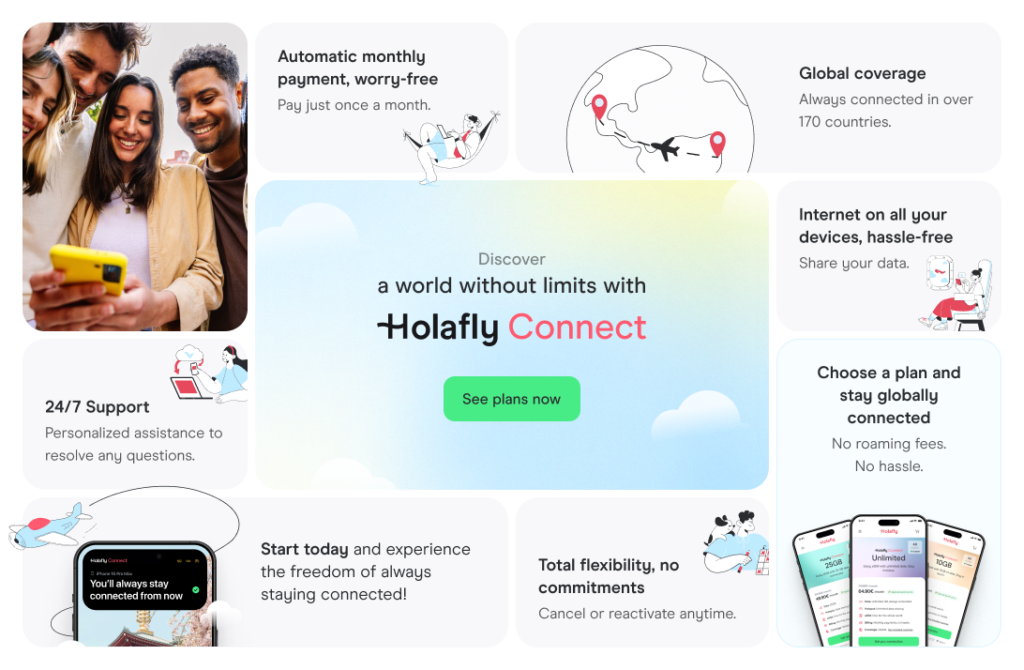
Taxes to be aware of in the Philippines
One of the most important aspects of planning your stay as a digital nomad in the Philippines is to understand the tax implications.
Local taxes and tax residency in the Philippines
In the Philippines, taxes are linked to the time you spend in the country and the source of your income. If you stay in the Philippines for less than 180 days in a year, you will generally not be liable to pay local tax on foreign-earned income. However, if you go beyond this period and become a tax resident, you will have to declare all your global income.
Double taxation treaties for digital nomads in the Philippines
The Philippines has double taxation agreements with several countries, which means that you can avoid paying duplicate taxes on the same income. It is important to consult a tax advisor to understand how these treaties apply to your particular situation.
Health insurance and quality of health service in the Philippines
Ensuring your well-being while working as a digital nomad in the Philippines is essential. Here we explain how to access the health system and what to consider when choosing health insurance.
Public and private health system in the Philippines
The health care system in the Philippines is divided between public and private. Although the public sector is accessible, many Travellers prefer private clinics and hospitals because of their better quality of care and reduced waiting times. Cities such as Manila and Cebu have modern hospitals with English-speaking medical staff.
Recommended health insurance in the Philippines
Some popular options for remote workers include:
- SafetyWing: Designed specifically for digital nomads, SafetyWing offers international coverage at competitive prices.
- World Nomads: Known for covering activities such as diving and surfing, it is ideal for the Philippines.
Quality of health care in the Philippines
In general, the Philippines offers quality medical care, especially in its private hospitals. Consultations and treatments are also often more affordable than in many Western countries, making it a convenient option for emergencies or regular check-ups.
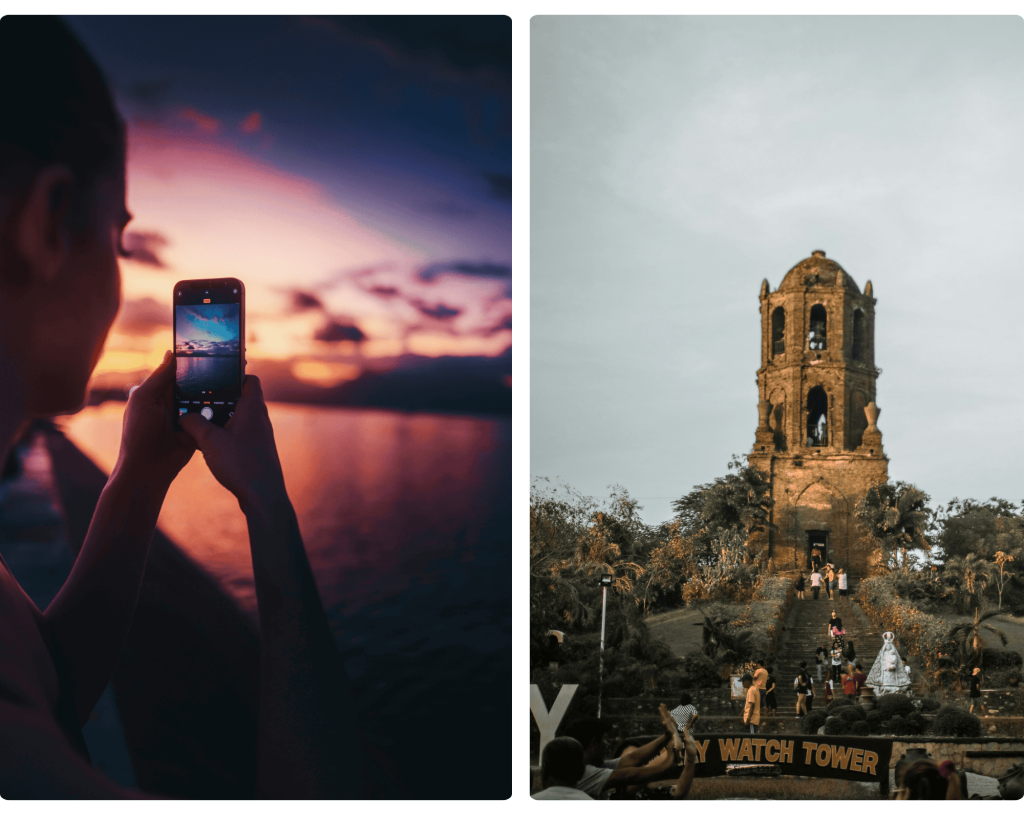
Daily life in the Philippines
The Philippines is a country with a vibrant culture and a dynamic lifestyle that is well suited to digital nomads. From accessible transport options to activities to enjoy in your free time, here’s what your day-to-day life will be like in this destination.
Transport and mobility as a digital nomad in the Philippines
Driving in the Philippines
If you plan to drive in the Philippines, you can use your foreign licence for a period of 90 days after your arrival. After this time, it will be necessary to obtain a Philippine driving licence. The validation process is relatively straightforward if you have a valid international licence.
Public transport in the Philippines
Transport in the Philippines includes a variety of cheap and effective options:
- Jeepneys: Iconic and affordable transport, ideal for short city journeys.
- Buses: These connect major cities and offer both basic and luxury services.
- Taxis and car sharing: Apps like Grab are popular and reliable.
- Sea transport: Between islands, you’ll find ferries and fast boats for easy mobility.
Manila and Cebu have more developed transport systems, although traffic congestion can be a challenge at peak hours. Remember that mastering these means of transport will make mobility easier.
Financial management in the Philippines
Recommended banks for foreigners and digital nomads in the Philippines
The most recommended banks for digital nomads in the Philippines include:
- BDO Unibank and Metrobank: These offer services tailored to foreigners, such as dollar accounts.
- UnionBank: Known for its reliable online banking.
Digital banks in the Philippines
Alternatives such as Wise or Revolut are ideal for handling multiple currencies, allowing international transactions without high fees.
Withdrawing money and additional costs in the Philippines
ATMs are widely available, but be aware that most charge additional fees of $3.40 to $5.09 per international transaction. Withdrawing larger amounts to minimise these fees is advised.
Food for digital nomads in the Philippines
Supermarkets and local markets in the Philippines
The most common supermarkets, such as SM Supermarket and Robinsons, offer a wide range of local and imported products. If you’re looking for an authentic experience, local markets like Divisoria in Manila are perfect for fresh produce at low prices.
Average cost of meals in the Philippines
Eating out in the Philippines can be very cheap:
- Street food: From $0.85 per plate.
- Local restaurants: $2.55 to $5.09 per meal.
- International restaurants: Prices range from $8.49 per person upwards.
For digital nomads in Philippine cities, there are many cafés with varied menus and a good internet connection, ideal for combining work and dining.
Leisure and free time for a digital nomad in the Philippines
The Philippines has an incredible range of leisure activities on offer.
Outdoor activities in the Philippines
- Beaches and water sports: Destinations such as Palawan and Boracay are famous for diving, snorkelling and paddleboarding.
- Hiking and nature: Explore the Taal volcano or the rice terraces in Banaue.
Culture and festivals in the Philippines
- Participate in festivals such as Sinulog in Cebu or Ati-Atihan in Kalibo to immerse yourself in local traditions.
- Discover museums and historical sites in Manila, such as Intramuros and the National Museum.
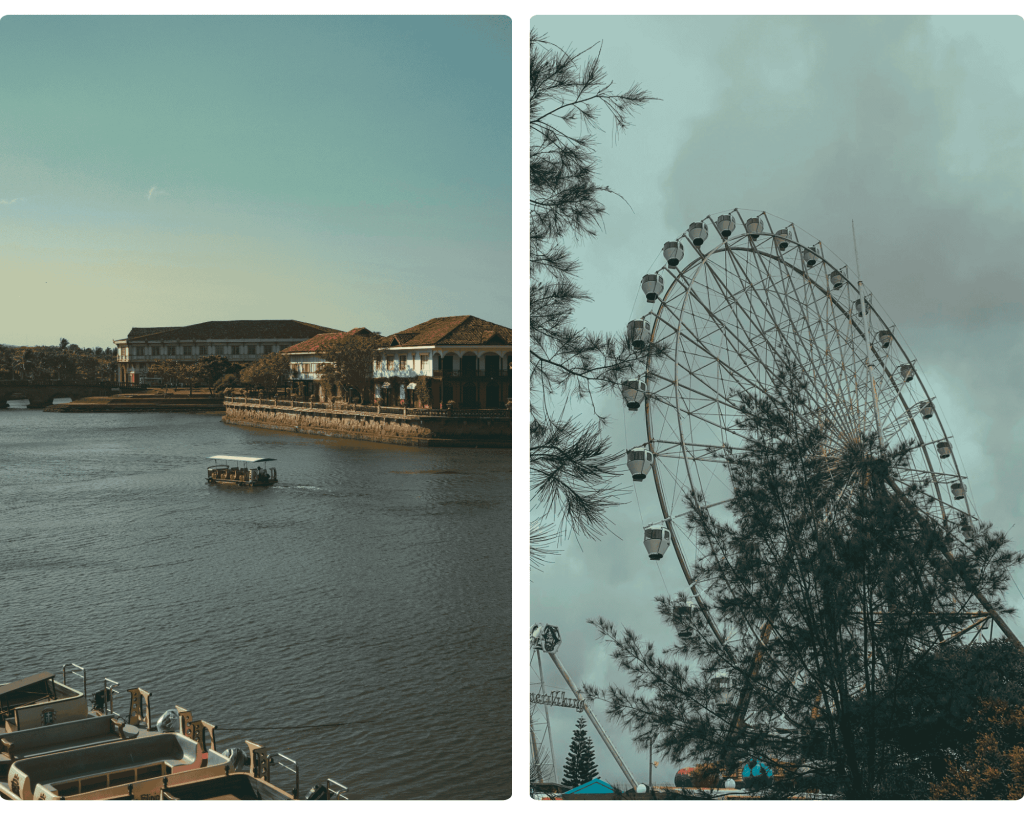
Fitness and wellness in the Philippines
Most major cities have modern gyms with memberships starting at $25.48 per month, ideal for staying active while you work on your projects.
Best seasons to be in the Philippines
The Philippines has a tropical climate divided into two seasons: dry and wet. The dry season, i.e. November to May is the best time to visit the country. Especially from December to March, when temperatures are pleasant and rainfall is minimal. The wet season (June to October) although less advisable due to rain and possible typhoons, this time of year can be ideal for those looking for cheaper fares on accommodation and flights.
Cost of living as a digital nomad in the Philippines
Living as a digital nomad in the Philippines can be affordable depending on your lifestyle and location. Here are some average monthly expenses:
Accommodation cost for digital nomads in the Philippines
- Co-living spaces and shared rentals: From $170 in small towns to $424 in more urbanised areas such as Manila or Cebu.
- Private flats: Between $255 and $680 depending on location and amenities.
Cost of coworking spaces for digital nomads in the Philippines
Prices vary by city, but you can expect to pay between $51 and $136 per month for a fixed desk in a coworking space.
Food for digital nomads in the Philippines
- Shopping in supermarkets: $85 to $170 per month for one person.
- Eating out: An average of $3 per meal at local places and $8.49 at international restaurants.
Transport for digital nomads in the Philippines
- Jeepneys and buses: Fares range between $0.17 and $0.85 each way.
- Grab or taxis: $2.55 to $5.10 each way depending on the distance.
- Motorbike rental: From $68 per month in places like Siargao.
Leisure and activities for digital nomads in the Philippines
- Excursions and water sports: Between $17 and $51 per activity.
- Gyms: Monthly memberships from $25.46.
In general, a digital nomad in the Philippines can live comfortably on a monthly budget of between $680 and $1,020 depending on the level of comfort desired. Find out more in the detailed guide to the cost of living in the Philippines. With these facts, you’ll have a clear picture of what it’s like to live and work as a digital nomad in the Philippines, ensuring you get the most out of your experience in this attractive destination.





 Language
Language 


















 No results found
No results found





